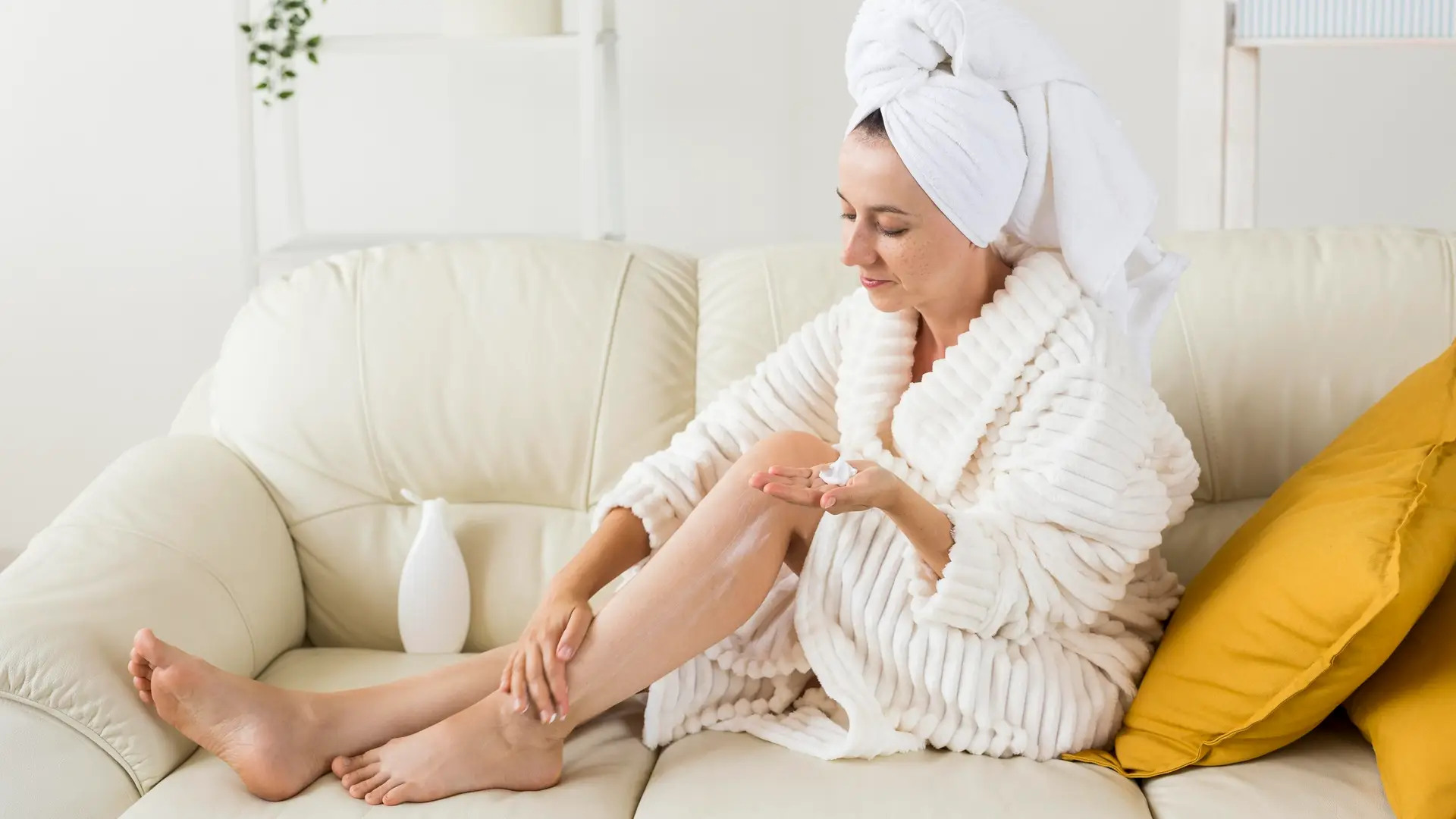
Home > Blog > Balance your health with Ayurveda > Ayurvedic Approach to Varicosis (Varicose Veins)
Ayurvedic Approach to Varicosis (Varicose Veins)
Varicosis, or varicose veins, caused by weakened valves in the veins of the legs, refers to a condition in which the veins of the legs become varicose.
Varicose veins appear swollen and bulging and can be discerned beneath the surface of the skin. Varicose veins may be dark in color or may retain their original color, ranging from a light purplish-red to an almost navy blue. They are nearly always painful. In case of prolonged varicose veins, they could be accompanied by skin peeling and skin ulcers may be seen to develop.
Varicose veins are caused due to excessive pressure brought to bear on the legs or the abdomen. These are brought on by advancing age, obesity, pregnancy, hormonal changes and a host of other factors, which may include genetic or epigenetic factors as varicose veins often run in families. Standing for long periods of time increases pressure on leg veins and promote varicose veins.
Some deficiencies in the diet may cause the loss of elasticity of the veins, which may make them varicose. Standing for protracted periods, engaging in physical activity that puts more strain on the legs, wearing constrictive clothing and total lack of exercise can gives rise to varicosis
Symptoms include veins that look dark blue or purplish red, swollen, and twisted under the skin. Some people do not have any symptoms. Mild symptoms may include: heaviness, burning, aching, tiredness, or pain in the legs. Symptoms may be worse after long periods of immobility and include swelling of the feet and ankles and itching directly over the vein. More serious symptoms include leg swelling, calf pain and skin changes, such as color changes, dry, thinned skin, inflammation, scaling and open ulcerous sores, or bleeding after a minor injury.

